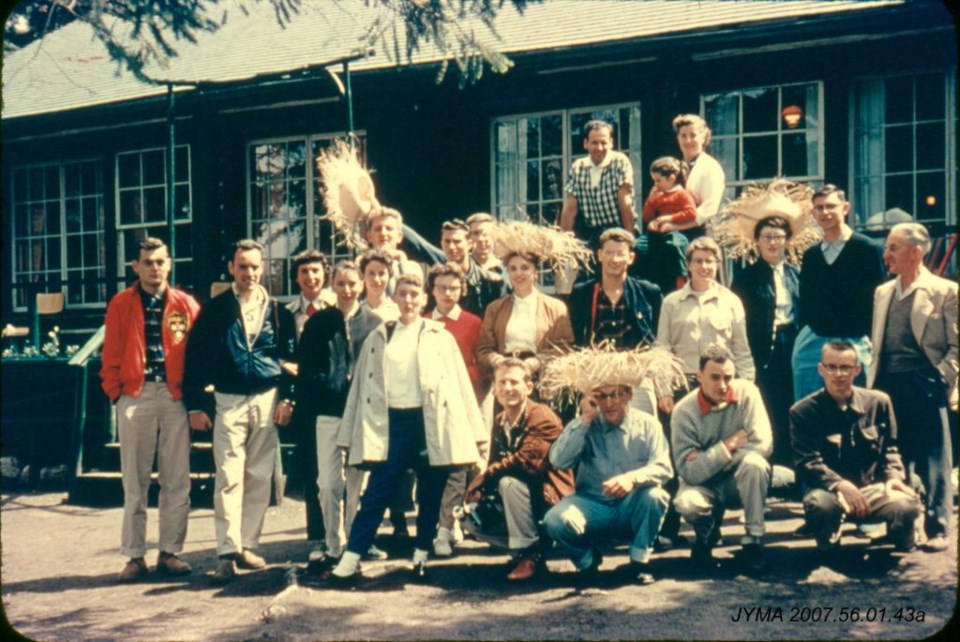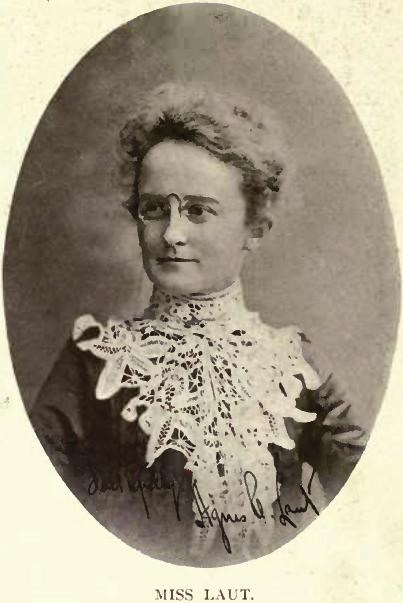
Jasper-Yellowhead Museum | Special to the Fitzhugh
2021 year marks a century of cottage life on the beautiful shores of Lake Edith. The lake was named in 1914 for Edith McColl, the wife of H. A. McColl, a superintendent of the Grand Trunk Pacific Railway. With the arrival of the Grand Trunk and Canadian Northern Railways in Jasper Forest Park, the first resident superintendent, Col. Maynard Rogers, welcomed ideas to promote the park and provide accommodation for visitors. By 1915 a tent camp had sprung up on the shore of Lac Beauvert and a YMCA camp was established at the south end of Lake Edith. Cottage lots had been surveyed at both Patricia and Pyramid Lakes for seasonal use so that the lots within the town of Jasper could be reserved for residents.
In 1920 Agnes Laut, a well-known Canadian author, put forward the idea of a writer and artist’s colony patterned on similar reserves in the United States. She initially proposed a 160-acre lease on which to build cottages, a lodge, a golf course and a landing strip but the agreement with the government was for a more modest ten acres on which she and her partners, Clara Shepard and Julia Follett, planned to cater to known writers and university professors. The area was surveyed in 1921 and in 1923 a subdivision was laid out at the north end of the lake. While Col. Roges assisted with the project and several cottages were constructed, Laut and her partners lost interest by the late 1920s, due in part to the difficulty in travelling from her base in New York.
After WWII there was renewed interest in leasing cottages at Lake Edith and in 1947 the National Parks Act was amended to allow leases on the lake for summer residences. When leasing of summer cottage lots in national parks was discontinued in 1959, 50 lots had been developed on the shores of Lake Edith.
In the early days, travel to Jasper National Park was mostly by rail. Automobiles began travelling from Edmonton in the 1920s but the trip was not for the faint of heart. Summer residents at Lake Edith often took the train and, while some also opted to ship their cars to Jasper, many relied on local transportation or bicycles to make the trip to town. Several cottagers had airplanes and would fly in, circling over the lake to alert family members for a pick-up at the air strip. There are stories of float planes landing on the lake but taking off on the small lake was challenging.
Summers at Lake Edith in the early years were idyllic with mothers and children arriving as soon as school was out and staying for the entire summer. Some residents remember that Lake Edith was a safe refuge during the polio outbreaks in the city. Fathers would arrive on weekends or for several weeks' holiday.
Some cottages were built by the owners, but many were built by local builders including James Cunningham, Jack Hargreaves, Curt Kiefer and Crawley & Mohr and several were designed by Hobart Dowler. In the early days, cottages were fairly primitive-heated by fireplaces and wood stoves, lit by coal lamps, water drawn from the lake and outhouses were common. Additions, porches, bunkhouses and indoor plumbing were added as families grew and permission was granted by Parks Canada. Services to Lake Edith were limited but Milner Dairy provided milk delivery and, once garbage pick-up was established, it was a contest to outsmart the bears on garbage day. Early residents remember that the only phone available for emergencies was on a pole linked to the Jasper Firehall. Many cottages were equipped with a bell to call children home for dinner or to warn for bears.
The summer was filled with outdoor activities-swimming and boating on the lake, building forts, arts and crafts, hikes nearby to Fort Point or Maligne Canyon and overnight trips to Maligne Lake or the Tonquin Valley. A visit to the YMCA camp to buy a pop or a candy bar or to see a National Film Board film was a special treat for many children. The highlight of the season was the regatta with events for everyone. Many Lake Edith teenagers picked up summer jobs at Jasper businesses or at Jasper Park Lodge, often biking to work each day. Adults looked forward to fishing, golfing, card games, musical evenings and socializing. Building docks, boats and rafts was common but one project was out of the ordinary. In the 1930s William Rowan, a professor at the University of Alberta, created a model railway that wound its way through the trees in front of his cottage. While his hopes of a visit from King George and Queen Elizabeth were dashed, many residents enjoyed the spectacle and, luckily, many photographs survived.
Lake Edith residents have forged a strong connection to Jasper over the years. Long term friendships have been formed while hiking or at the golf course. Many of them belong to or volunteer for local organizations like churches, the library and the museum. The Firesmart Program has been a particularly important effort providing fire protection for an important area of the Athabasca valley. Jasper National Park has inspired an abundance of talented artists over the years and many of them spent their summers at Lake Edith. Jasper has been greatly enriched by their talents. While Agnes Laut’s vision for an artist colony never materialized the way she planned, one hundred years later, a multi-generational legacy lives on at Lake Edith.

COME CELEBRATE THE 100TH anniversary of the Lake Edith Artist Colony, started in 1921 by famed Canadian novelist and travel writer Agnes Laut. Over the century, Lake Edith has transformed from a retreat designed for visiting artist, scholars, and politicians across North America to rival that of New Mexico and New York, to well-loved homes where Jasperites live and work. But the tradition of art and creativity has continued. Come see a combination of historic and modern work from Lake Edith and learn about the different patches that make the Jasper National Park community. At the Jasper-Yellowhead Museum & Archives, 400 Bonhomme St. (Across from the Activity Centre), 10am – 5pm, daily. July 2nd – November 7th, 2021. www.jaspermuseum.org
UPDATE FROM MUSEUM: Respected Jasper artist, Sandy Robinson, has brought it to our attention that the photo donated to the archives by Leslie Kinsey and posted in the Fitzhugh on June, 30, 2021 as the main photo in “Our Jasper Stories” was taken by him in 1935 with Peace Robinson’s Kodak bellows camera and that the correct caption should read: Agnes (Cottam) Johnstone, Florence Maud Mortimer, Marjorie McLean & Peace Robinson, at Lake Annette, Jasper National Park, Alberta.




